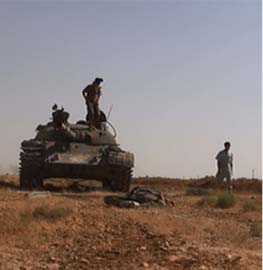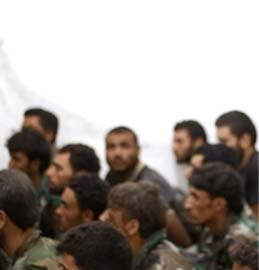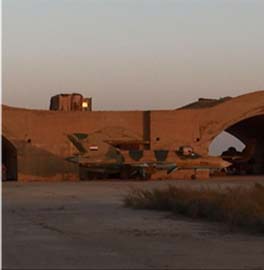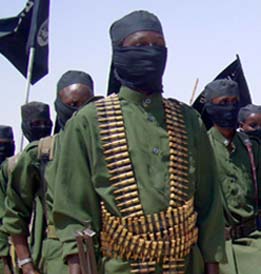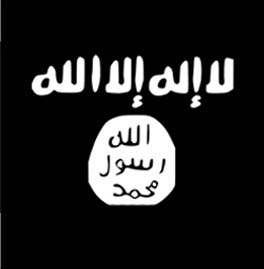
The Israeli military suffered its first casualties since a new Gaza offensive began on March 18. On April 19, the Israel Defense Forces (IDF) said that Command Sergeant Major Ghaleb Sliman Alnasasra, a Bedouin Israeli tracker serving in the Northern Brigade of the Gaza Division, was killed in combat in the northern Gaza Strip. Two soldiers from the 414th Battalion of the IDF’s Border Protection Corps and a second IDF tracker were severely wounded in the incident.
There have been few casualties during the IDF’s most recent Gaza push, partially due to the fact there have been few large clashes with Hamas members or other terrorists. The IDF has largely confined its latest operations in the territory to areas along a buffer zone within several hundred meters of the border. However, operations in parts of northern and southern Gaza have extended slightly more inland. In southern Gaza, the IDF has secured a new Morag Corridor that separates the city of Rafah on the border with Egypt from the city of Khan Younis.
The IDF, detailing some operations of its three divisions in Gaza over the past month, states that 30 percent of the territory is now defined as an “operational security perimeter.” The Israeli military also highlighted its focus on precision strikes on terrorist commanders.
The latest combat operations in Gaza have taken place as Israel continued to discuss a possible hostage deal with Hamas. Fifty-nine hostages continue to be held in the territory, and Israel believes around half of them are deceased. On April 19, Hamas released a video of hostage Elkana Bohbot showing that he is alive. Bohbot has been held in Gaza for 563 days. Hamas has released similar videos of several other hostages over the last month.
On April 19, Israeli Prime Minister Benjamin Netanyahu released a statement via Israel’s Government Press Office saying he would not “surrender” to Hamas. Netanyahu stated that Hamas had rejected a proposal that “could have led to the release of half of the remaining living hostages,” and the group is demanding an end to the war. However, the prime minister rejected the idea of halting the conflict. “If we do not complete the destruction of Hamas’s military and governing capabilities, the next October 7 and the next abductions are only a question of time,” Netanyahu said.
Netanyahu also said Israel continues to be at war “on seven fronts,” a reference to Israel’s fight against Hezbollah in Lebanon, Hamas in Gaza, terrorists in the West Bank, and the Houthis in Yemen, along with threats from Iran, Iraq, and Syria. Netanyahu said he opposed leaving the “Hamas regime in place in Gaza” and vowed that “we will not conclude the war of redemption before we destroy Hamas in Gaza, return all of our hostages and ensure that the Gaza Strip will never again constitute a threat to Israel.”
The IDF continued dismantling Hamas terrorist infrastructure in Gaza. The 16th Brigade, under the command of the 252nd Division, dismantled a tunnel in the northern Gaza neighborhood of Sheijaya. The area, once a major hotbed of terrorist cells, was previously cleared by the IDF in 2023 and 2024.
In southern Gaza, Israeli troops with the Golani Brigade dismantled a training area that had been used by Hamas’s Shabura Battalion. The IDF also uncovered a tunnel around 60 feet deep and hundreds of feet long in Rafah. In addition, Israeli troops are operating in Tel al Sultan near Rafah. It does not appear that Israeli forces have entered all of Rafah, and elements of Hamas may still be in the southern Gaza city.
Israel said that it conducted strikes on 40 targets in Gaza on April 18 and 110 targets between April 16 and 17, indicating that Israel’s air force carries out several dozen strikes in the territory daily. Hamas authorities in Gaza continue to accuse Israel of killing numerous people, including civilians, in the recent strikes. The Iranian government’s semi-official Mehr News Agency claimed 44 people were killed in Gaza between April 19 and 20.

